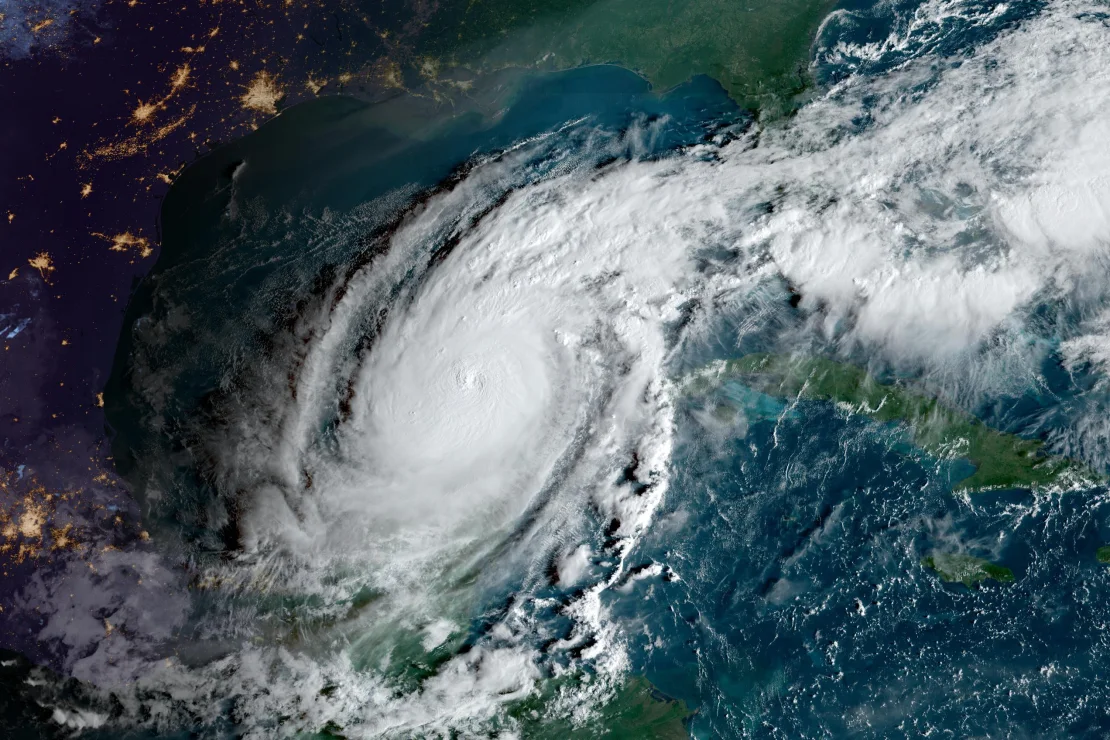A resurgence of debunked conspiracy theories surrounding chemtrails has gained momentum, with claims that the U.S. government used weather manipulation technology to create Hurricanes Helene and Milton.
Right-wing influencers, known for spreading false election claims, are now pushing the narrative that these hurricanes were intentionally directed towards Trump-supporting areas as part of a plot to undermine former President Donald Trump ahead of the upcoming election. Despite the lack of evidence, these baseless assertions have attracted significant attention online, boosting interest in chemtrail myths.
The chemtrail conspiracy theory, which posits that aircraft condensation trails contain harmful chemicals used for weather control or mind manipulation, has been circulating for decades. Scientists, however, consistently explain that contrails form naturally from water vapor around aircraft exhausts.
Nonetheless, the myth persists, leading to harassment of scientists and institutions. Harvard University’s weather lab, for instance, has received abusive messages and published fact sheets to debunk the conspiracy. Yet, the narrative continues to thrive, driven by committed pseudoscientists and fringe groups.

Resurgence of Chemtrail Conspiracy Theories Blames U.S. Government for Creating Hurricanes to Undermine Trump
Recently, the myth has reached unprecedented levels of online virality. Experts warn that this marks a shift from the conspiracy’s previous status as a fringe belief to one with a much broader audience, thanks to social media. Climate scientist Daniel Swain highlighted how the ease of spreading misinformation online has allowed these theories to reach millions, amplifying their reach and influence in ways not seen before.
Right-wing podcasts and websites, like InfoWars, have also played a crucial role in promoting the conspiracy, blending it with broader political themes. Alex Jones, a well-known conspiracy theorist, celebrated the theory’s rise in popularity, further fueling its spread.
Antisemitic tones have emerged in some versions of the conspiracy, with figures like Stew Peters falsely blaming Jewish individuals for controlling weather-altering technologies, drawing on harmful propaganda imagery.
Prominent figures such as Marjorie Taylor Greene have also pushed related conspiracies, including absurd claims about space lasers starting California wildfires. Greene’s recent posts perpetuate the notion that the government controls the weather, referencing outdated experiments with lasers that were not nearly as advanced as conspiracy theorists claim. Such narratives distract from scientific discussions about real weather phenomena and climate change, according to experts.
Finally, the timing of this conspiracy surge, just before a major election, is significant. Harvard researcher Joshua Horton points out that this moment combines political tension, conspiracy thinking, and real-world events into a “perfect storm.” The spread of these theories diverts attention from the genuine impacts of climate change, posing challenges for scientists and policy-makers trying to address environmental issues.











































